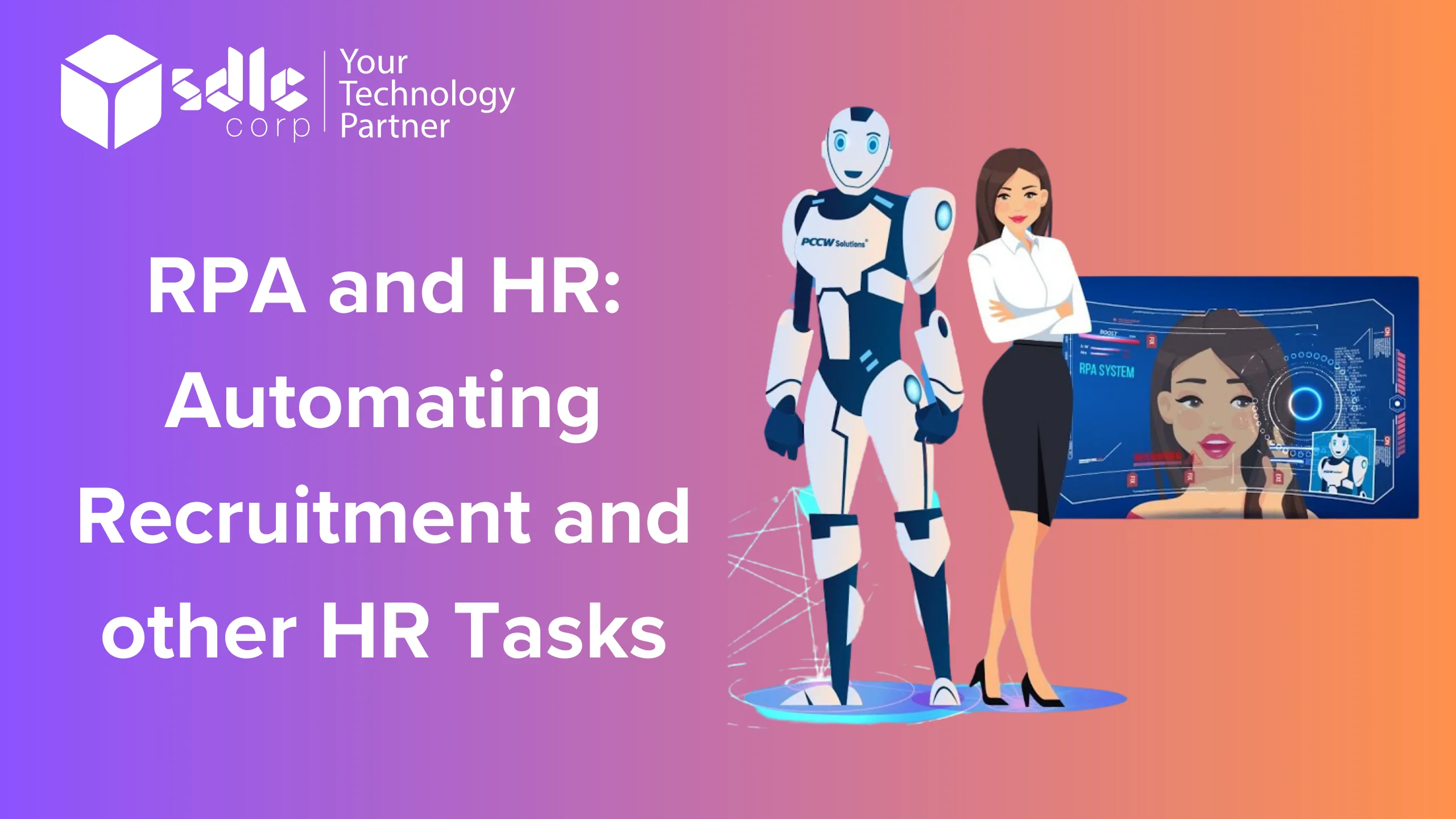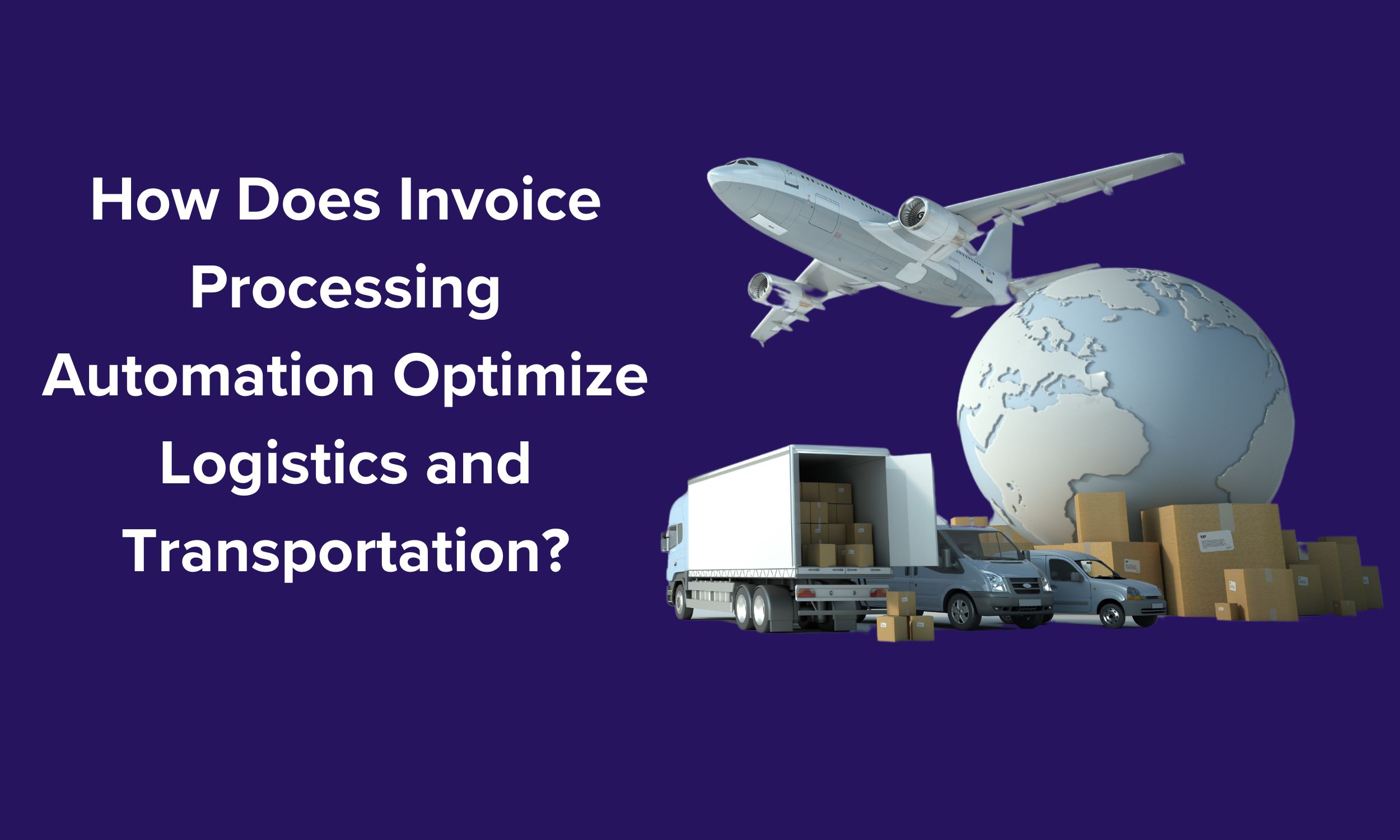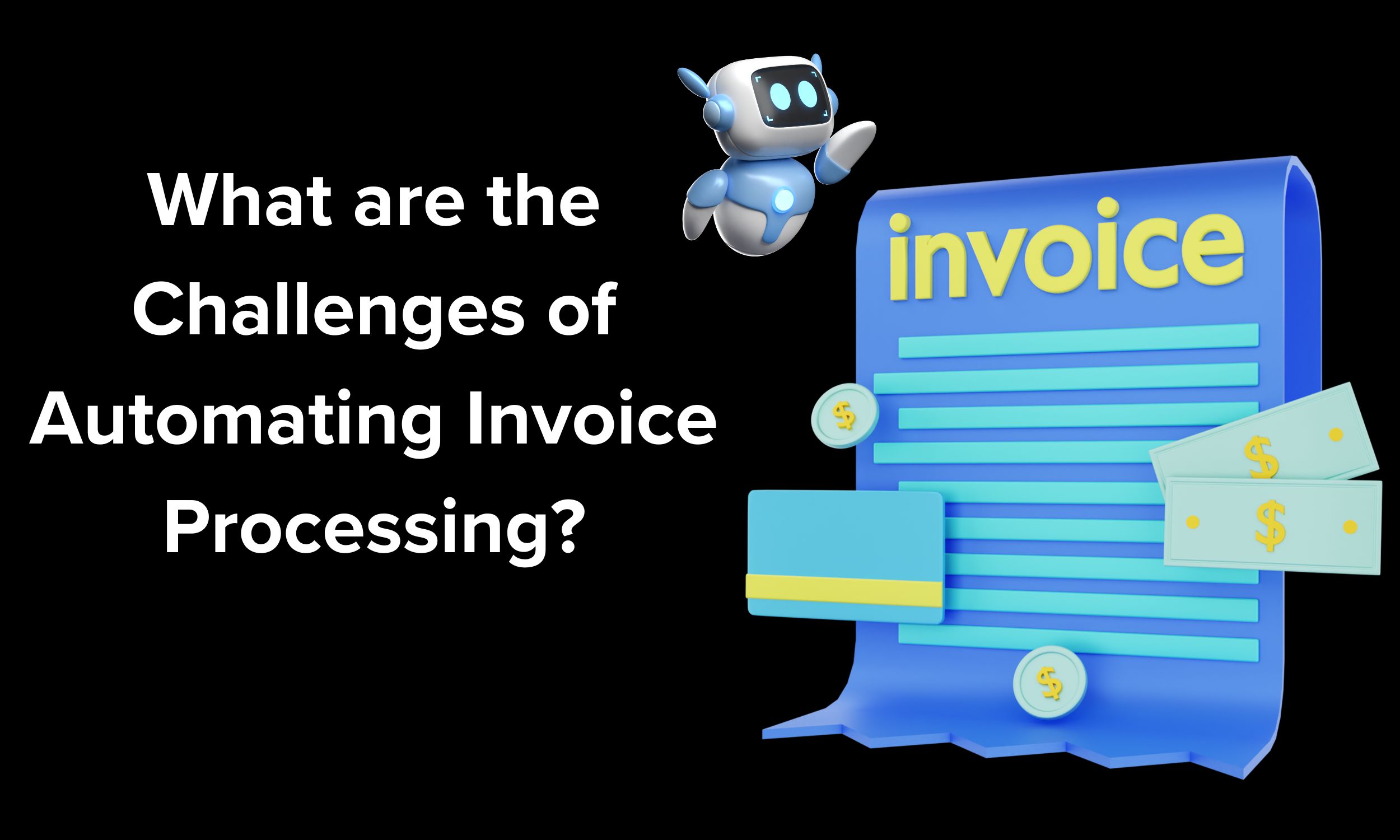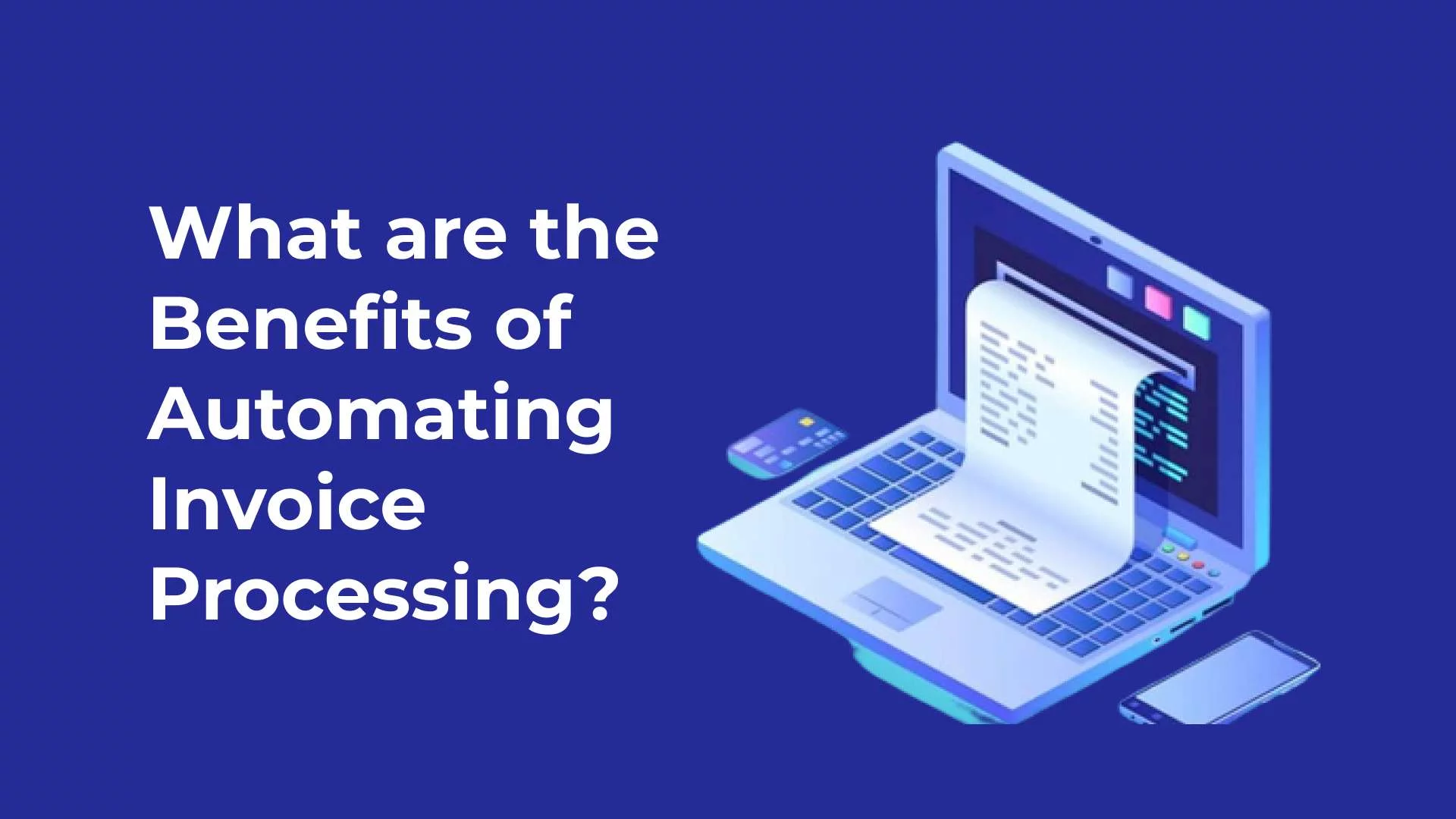RPA and HR : Automating Recruitment and other HR Tasks
Robotic Process Automation (RPA) has changed the game for companies in many fields, and Human Resources (HR) is no exception. RPA in HR is a way to automate repetitive, rule-based tasks that are usually done by people.
This is done by using software bots to do the work (Understanding RPA and its Various Industry Applications). In HR, RPA can help speed up administrative and operational chores like onboarding, offboarding, data entry, benefits, and performance.
By automating these duties, RPA frees up HR professionals to work on things that are more strategic and add more value, like getting employees involved, developing their skills, and planning the workforce.
This makes the business run better, saves money, and makes the employees perform better. Let’s look at the role of RPA in HR, its benefits, and examples of how RPA has been used successfully in HR tasks.
The manufacturing sector was the most likely to include robotic process automation in their growth strategy, accounting for 35% of the total. It was then followed by,
Technology (31%).
Healthcare (10%).
Retail Industry (8%).
Financial services (8%).
The government (5%).
Education Industry (3%).
What Exactly is RPA?
Robotic Process Automation (RPA) is a technology that uses software robots, or “bots,” to automate tasks and processes in a company that are repetitive and based on rules. These bots are made to act like people. For example, they can log into apps, copy and paste data, and fill out forms.
RPA is usually used to speed up back-office tasks like data entry, invoice handling, and HR administration. However, it can also be used to speed up customer-facing tasks like sales and customer service.
RPA has a lot of perks, such as making things faster, more accurate, and cheaper. It can also free up workers to work on more strategic and creative tasks while the bots do the routine work.
Overall, RPA is a powerful tool for businesses that want to automate their processes and stay competitive in today’s fast-paced business world.
Role of RPA in HR
Robotic Process Automation (RPA) is a technology that automates repetitive and rule-based tasks in a company by using software bots or digital workers. RPA is used to automate jobs that people usually do, like entering data, managing files, and helping customers.
In the field of Human Resources (HR), RPA has become popular in recent years because it has many benefits, such as improved efficiency, accuracy, and cost savings. Let’s discuss how RPA is becoming more important in HR.
Recruitment and Onboarding
RPA can automate many parts of the hiring process, such as screening resumes, setting up interviews, and writing rejection notes. RPA can also be used for the automation of the onboarding process. For example, it can fill out forms, check data, and send welcome letters.
Payroll and Benefits
RPA can handle payroll tasks like figuring out employee salaries and taxes, making pay stubs, and putting money in employee bank accounts. RPA can also be used for the automation of management of benefits, like signing up workers for health insurance plans and keeping track of their coverage.
Performance Administration
With RPA, jobs like scheduling performance reviews, sending out feedback forms, and keeping track of employee progress can be done automatically. RPA can also give managers real-time information about how their employees are doing, which helps them make choices about promotions, raises, and training opportunities.
Compliance and Risk Management
RPA can help companies make sure they follow labor laws and rules like the Fair Labor Standards Act (FLSA) and the Family and Medical Leave Act. (FMLA). RPA can also help control risk by keeping an eye on how employees act and flagging anything that seems odd.
Self-Service for Workers
RPA can let workers do things on their own, like change their personal information, check their pay stubs, and ask for time off. This not only makes the company more efficient, but it also gives employees the power to handle their own information, making HR teams’ jobs easier.
Overall, RPA has a lot of benefits for HR teams, such as making them more efficient, accurate, and saving money. RPA lets HR teams focus on more important projects, like getting employees engaged and helping them grow, by automating repetitive and rule-based tasks. As RPA keeps changing and getting smarter, its role in HR is likely to grow even more.
Optimize HR: Automate Recruitment and Tasks with RPA Today!

RPA in Recruitment
The recruitment process is being revolutionized by robotic process automation (RPA), which is automating several manual tasks that were formerly carried out by recruiters. This frees recruiters to concentrate on more important tasks, such as applicant engagement and decision-making.
The RPA technology can be utilized at a variety of phases throughout the recruitment process, beginning with the sourcing phase and continuing all the way through the onboarding phase. The following is a list of instances illustrating how RPA is redefining recruitment:
Candidate Sourcing
Robotic process automation (RPA) has the ability to automatically scrape employment boards, social media, and other websites for resumes and other prospective information. Candidates can be filtered through the software based on their qualifications, experience, and a variety of other criteria by using buzzwords and other parameters.
Screening of Resumes
RPA can be used to automatically screen resumes, removing those applicants whose applications do not satisfy the requirements outlined in the job posting. Recruiters frequently complete this process directly, which can be time-consuming and leads to an increased risk of human error.
Interview Scheduling
RPA can be used to coordinate interview schedules between applicants and recruiters, thereby reducing the amount of administrative work that needs to be done by recruiters.
Candidate Feedback
Robotic process automation (RPA) has the capability to automatically give candidate feedback, informing them of where they stand in the recruitment process. This can help to improve the experience that candidates have while applying for jobs and reduce the amount of time spent by recruiters responding to candidate questions.
Onboarding
RPA has the ability to automate the onboarding process, which includes a variety of duties such as data entry, the completion of paperwork, and the enrollment of benefits. The administrative work load of HR departments can be lightened as a result, and the working conditions of employees can be improved.
Enhancing recruitment metrics such as time-to-hire and cost-per-hire can also be accomplished with the assistance of RPA. Recruiters are able to devote more of their attention to more strategic endeavors, such as developing relationships with applicants, evaluating compatibility, and making hiring decisions, when repetitive tasks are automated.
Robotic process automation (RPA) is transforming the recruitment process by automating tasks that are repetitive in nature and allowing recruiters to concentrate on activities that are more strategic. However, it is essential to keep a close eye on how RPA tools are being used to make sure that they do not contribute to the perpetuation of prejudice and that the human component of the recruitment process is not entirely removed.
How is Accenture Using RPA in the Recruitment Process?
The hiring process is being streamlined and duties are being automated by Accenture, a global professional services company, using robotic process automation (RPA). RPA has been adopted by the business to boost productivity, decrease human error, and give recruiters more time to devote to higher-value tasks.
Here are some examples of how Accenture employs RPA in its hiring procedure:
Screening of Resumes
Accenture has used RPA to handle the initial review of resumes submitted by job candidates. The RPA tool analyzes resumes using artificial intelligence (AI) algorithms to find the best candidates according to predetermined standards like job experience, education, and skills. This guarantees that only the most pertinent candidates are chosen for further consideration and helps to decrease the time and effort needed for recruiters to manually review resumes.
Candidate Sourcing
To automate the candidate sourcing procedure, Accenture has also introduced RPA. The RPA tool searches a number of job portals and social media sites to find prospective candidates who meet the needs of the business. A list of prospective candidates is then assembled, and it is sent to recruiters for further consideration. This makes it efficient for recruiters to find candidates faster and ensures that a larger group of candidates is taken into consideration.
Interview Scheduling
Accenture has automated the interview scheduling procedure using RPA. The RPA tool makes use of AI algorithms to handle interview logistics, schedule meetings, and schedule candidate and recruiter availability. This makes the process more streamlined and effective and saves recruiters the time and effort needed to personally schedule interviews.
Onboarding
Accenture has also used RPA to streamline the procedure for onboarding new employees. The RPA tool creates offer letters, gathers and validates data about new hires, and organizes the configuration of required hardware and access to corporate systems. This makes the onboarding process easier to complete for recruiters and new employees, resulting in a more rapid and effective integration of new hires into the business.
In addition to the aforementioned, Accenture has also created a chatbot that communicates with applicants and responds to their inquiries using natural language processing (NLP). The chatbot is made to give prompt and accurate answers to questions from candidates frequently asked about the hiring process, business culture, and job requirements. This enhances the candidate experience and guarantees that applicants get up-to-date, correct information about the business and the hiring procedure.
Overall, Accenture has been able to improve applicant experience, increase efficiency, decrease human error, and decrease time and effort needed for recruiters to perform repetitive tasks by adopting RPA in its recruitment process. This has made it possible for the business to streamline its hiring procedure and concentrate on higher-value tasks like applicant assessment and choice.
RPA in Onboarding
RPA (Robotic Process Automation) and Onboarding are two distinct concepts that can be used together to streamline and automate the employee onboarding process. Let’s take a closer look.
Onboarding is the process of incorporating new employees into an organization and providing them with the tools, resources, and training they need to become productive members of the team.
The onboarding process typically includes tasks such as completing paperwork, setting up new employee accounts, providing access to company systems and applications, and introducing new employees to key stakeholders.
By combining RPA and onboarding, organizations can automate many of the time-consuming tasks associated with bringing new employees on board. For example, RPA bots can be used to automate the tasks like data entry, Account Setup, Notifications, Compliance, etc.
Use cases of RPA in Onboarding Tasks
RPA is a powerful instrument that has revolutionized the way businesses handle various duties. RPA has shown to be particularly successful in onboarding tasks, which is one area. The process of incorporating new hires into a business and acquainting them with its policies, practices, and culture is known as onboarding. Many of the repetitive onboarding duties can be streamlined and automated with RPA, freeing up HR staff time for other important tasks
Verification of documents, data entry, compliance training, and account creation are usually included in the onboarding process. These procedures can be time-consuming and tedious, particularly if there are many new hires involved. Many of these duties can be automated with the aid of RPA, freeing up HR staff members to focus more of their time on value-adding activities and less time on routine tasks.
Using RPA in onboarding duties can be demonstrated by the following examples:
Verification of Documents
A crucial step in the onboarding process is the verification of a new hire’s identity and job eligibility. RPA can assist in automating this procedure by scanning and authenticating identity papers like passports and driver’s licenses using optical character recognition (OCR) technology. In comparison to manual data input, this can reduce errors and save time.
Data Entry
Another time-consuming job is entering new employee data into HR systems. By removing information from forms and autonomously filling HR systems, RPA can assist in automating this process. This can reduce the need for manual data input, speed up onboarding, and reduce errors.
Compliance Training
Providing new hires with compliance training is an important step in the onboarding process to make sure they are familiar with business policies and procedures. By providing training modules online, monitoring completion, and reminding staff members who haven’t finished their training, RPA can assist in automating this process.
Setting up new employee accounts across various systems can be a difficult job. By establishing user accounts and allocating permissions across various platforms, RPA can assist in automating this process. By doing so, it will be less likely that mistakes will be made and new employees will have the resources they require to do their jobs.
In general, RPA can assist in streamlining and automating many of the time-consuming and repetitive duties involved in onboarding. The HR team can concentrate on more strategic duties like retaining and engaging employees by automating these tasks. Additionally, RPA can enhance new hires’ total onboarding experiences by lowering errors, boosting efficiency, and increasing effectiveness.
How does IBM Utilize RPA technology in the Onboarding Process?
The multinational technology and consulting firm IBM, has incorporated Robotic process automation (RPA) into its onboarding procedure to automate and streamline various duties. RPA has been used by IBM to increase productivity and accuracy while easing the workload on their HR employees.
IBM has used RPA extensively, with document authentication being one of the main applications. For identity and job eligibility verification during the onboarding process, new hires must provide different documents like passports and licenses.
To automate the scanning and validation of these documents, IBM has adopted RPA. RPA software can scan documents and extract pertinent data using OCR technology, guaranteeing accuracy and accelerating the verification process. The workload for HR staff has decreased as a result of automation, which has also enhanced new hires’ total onboarding experience.
Data entry is another field where IBM has used RPA. Data entry for new employees into HR platforms can be time-consuming and prone to mistakes. RPA has been used by IBM to autonomously fill HR systems with data by extracting it from forms. The HR staff can now concentrate on more strategic duties, like boosting employee engagement and retention, thanks to automation that has decreased errors.
RPA has also been used by IBM for safety training. Making certain that new employees are aware of company policies and procedures requires compliance training. RPA has been used by IBM to give training modules online, monitor completion rates, and remind staff members who haven’t finished their training. This automation has enhanced the general compliance training procedure and made it possible for all new hires to finish their training quickly and effectively.
IBM has used RPA in account creation in addition to document verification, data entry, and compliance training. It can be difficult to set up new employee accounts across various platforms. RPA has been used by IBM to set up user accounts and distribute permissions among various platforms. Due to automation, fewer mistakes have been made and new hires now have access to the resources they need to carry out their responsibilities.
RPA has been largely effective in helping IBM automate and streamline a variety of tasks during the onboarding process. The HR staff is now more productive, makes fewer mistakes, and has more time to devote to duties that are more strategically important. By implementing RPA (RPA Implementation: Tips for a Successful Rollout), IBM has enhanced the onboarding process for new hires as a whole and provided a model for other businesses seeking to automate their onboarding procedures.
Revolutionize HR: Streamline Recruitment with RPA Now!

Benefits of RPA in Onboarding
RPA can significantly improve an organization’s onboarding procedure, making it quicker, more precise, and more effective. More specifically, the following are some advantages of RPA in onboarding:
Saving Time
Completing time-consuming chores like data entry, form filling, and document processing are all part of the onboarding process. RPA can be used to automate these duties, which will save HR staff a lot of time. For instance, a robot could process background checks, fill out job forms, and input employee data into the HR system, freeing up HR staff time to work on more strategic tasks.
Accuracy
RPA can greatly decrease onboarding process errors. Robots have a high degree of consistency and precision when performing tasks, which lowers the possibility of errors that might cause delays or problems with legal compliance. For example, a robot can guarantee that all required forms and documents are filled out and filed on time, accurately, and without any human error.
Efficiency
By automating processes like background checks, reference checks, and drug tests, RPA can help make the hiring process more efficient. These duties frequently involve several steps, and RPA can speed up and improve the process.
For instance, a robot could contact references automatically, check references’ credentials, and document the outcomes in the HR system. This can make sure that everything goes smoothly and swiftly, which is crucial for hiring people who need to start working right away.
Cost-Effective
By removing the need for manual work, RPA can help lower the cost of onboarding. By using RPA to automate tasks, the onboarding process can be completed with a great deal less time and effort, saving money on staff overtime, hiring temporary help, and training new employees.
Additionally, RPA can assist businesses in avoiding costly legal compliance issues by lowering the risk of mistakes and delays.
A streamlined onboarding procedure can result in an improved employee experience, which can increase employee engagement and retention.
Employees can start working more quickly and become more productive by automating the administrative duties involved in the onboarding process. Additionally, a well-run and effective onboarding procedure can give new hires a positive first impression of the business by making them feel appreciated and welcome.
In summary, RPA can significantly improve the hiring process by making it quicker, more precise, and more effective. Organizations can save time and money, reduce errors, and improve the employee experience by automating the administrative duties associated with onboarding.
RPA in Employee Management
RPA is a technology that allows monotonous tasks in employee management procedures to be automated. Various employee management duties, including data entry, payroll processing, compliance checks, performance management, and hiring procedures, can be automated using robotic process automation (RPA).
RPA can help organizations manage their employees more effectively, decrease errors, and free up HR staff to concentrate on more strategic duties by automating these chores. By automating data entry and validation duties, for instance, RPA can lower the chance of errors and guarantee that employee data is accurate and current.
Similar to how it automates other tasks, RPA can handle payrolls, saving time and resources while ensuring employees are paid accurately and on time. By automating compliance checks and auditing duties, RPA can also assist in ensuring compliance with HR and employment regulations.
Overall, RPA can improve efficiency, streamline employee management procedures, and deliver more precise and timely data, resulting in better decision-making and results for the business and its employees.
How can RPA Automate Employee Management Tasks?
Frequently performed employee management duties may be automated using robotic process automation (RPA). RPA uses software robots to automate processes, minimize errors, and free up HR employees to work on projects that are more important. We’ll go into more depth about how RPA can automate duties related to employee management.
Explore our other insights!
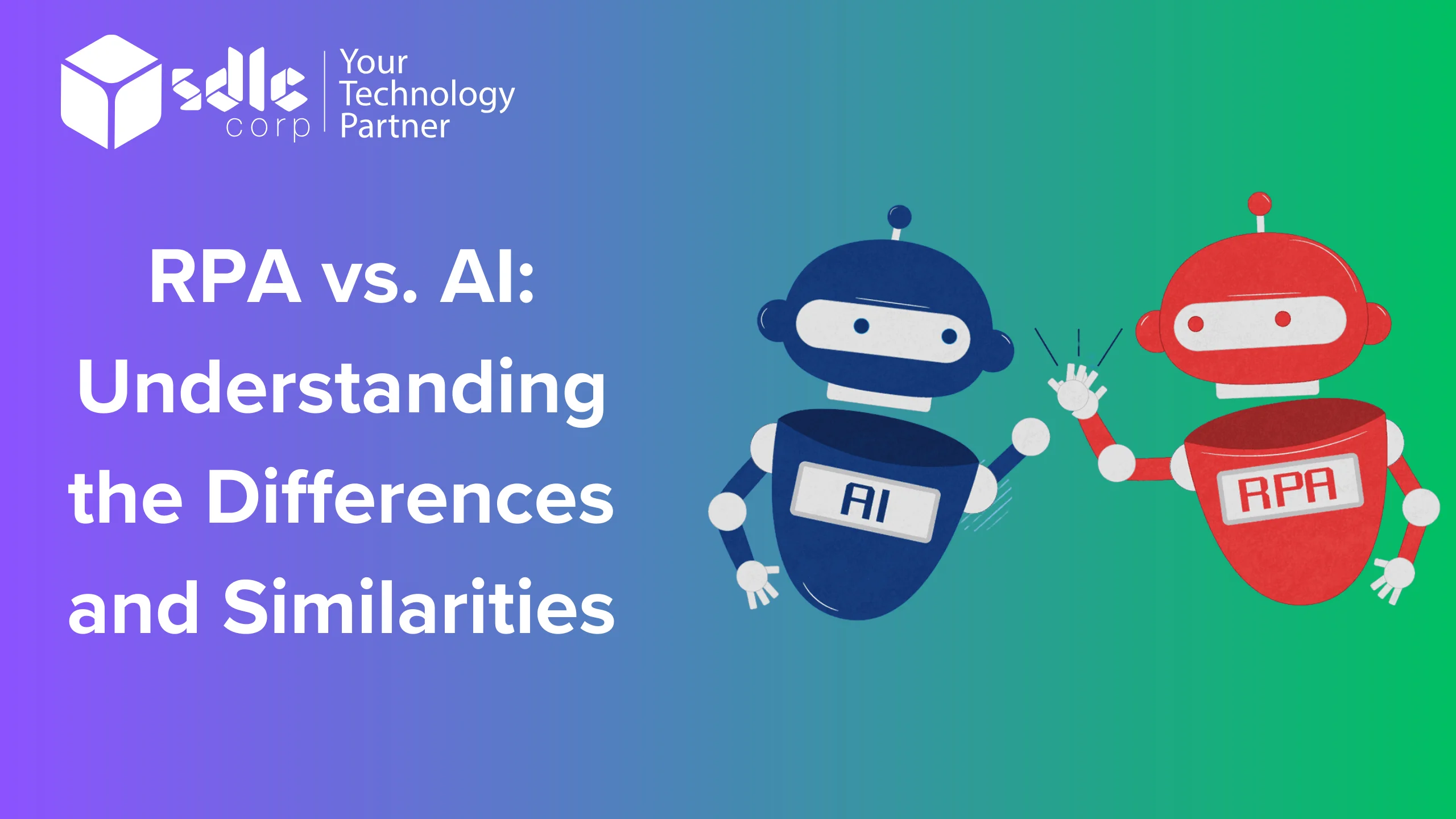
RPA vs. AI: Understanding the Differences and Similarities
RPA vs. AI: Understanding the Differences and Similarities RPA vs. AI Difference: In today’s rapidly evolving technological landscape,

RPA and Cybersecurity: Ensuring Data Protection
RPA and cybersecurity : Ensuring data protection Robotic Process Automation (RPA) has been gaining widespread adoption in recent
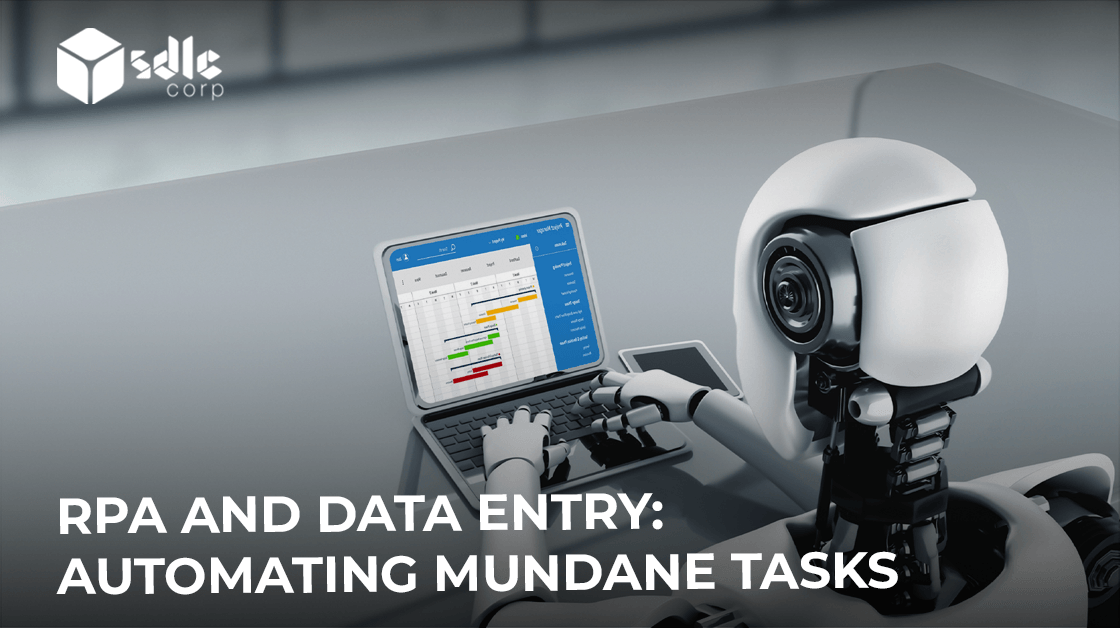
RPA and Data Entry: Automating Mundane Tasks
RPA and data entry : Automating mundane tasks RPA for Data Entry: In today’s digital age, businesses constantly
Employee Data Management
Employer data management is another field where RPA can be used. Employer data processing tasks like updating employee information, handling payroll, and administering benefits can all be automated with RPA bots.
For instance, based on information gathered from other sources like time tracking systems or employee self-service portals, an RPA bot can be programmed to autonomously update employee records in HR systems. Additionally, the bot can be programmed to create pay stubs for each employee automatically and compute employee pay based on hours worked.
Performance Administration
Many of the duties involved in performance management can be automated using RPA. As an illustration, performance data can be gathered and analyzed, performance reports can be produced, and even employee comments can be given using an RPA bot.
It is possible to program the bot to autonomously gather performance information from a variety of sources, including employee surveys, performance evaluations, and client feedback.
After analyzing this data, the bot can produce performance reports that emphasize the areas in which employees are excelling and those in which they need to improve.
Additionally, the bot can be programmed to give workers feedback based on their performance data, such as recommending areas where they can improve or praising them for accomplishments.
Training and Development
Many of the duties connected with employee training and development can be automated using RPA. An RPA bot can be used, for instance, to automatically plan training sessions, monitor employee progress, and give staff members feedback.
Based on employee availability and training requirements, the bot can be programmed to automatically plan training sessions. The bot can also monitor an employee’s development through a training program and give them performance-based feedback. Even certificates of completion can be produced by the bot for staff members who effectively complete training courses.
Employee Exit Management
Lastly, many of the duties involved in employee exit management can be automated using RPA. An RPA bot, for instance, can be used to automate the offboarding of employees, which includes removing their access to business systems, gathering company property, and producing exit surveys.
Based on the employee’s date of termination, the bot can be programmed to automatically disable access to company networks. The bot can also create tasks for HR personnel to use in making sure that every piece of corporate property has been returned by the employee. Even exit interviews can be created by the bot for departing workers to share their thoughts on their time at the business.
RPA has the potential to completely change how duties related to employee management are carried out. RPA can free up HR staff to concentrate on more strategic duties, like talent acquisition and employee engagement, by automating repetitive and routine chores. RPA can help to decrease errors, boost productivity, and enhance the overall employee experience with the proper implementation.
Deutsche Bank
One of the biggest banks in the world, Deutsche Bank, has been using robotic process automation (RPA) in its staff management procedures. Robotic process automation (RPA) is a software technology that employs robots to automate routine tasks, reducing the workload on staff and increasing productivity. Deutsche Bank has streamlined its processes and increased efficiency, speed, and cost-effectiveness by utilizing RPA in staff management. RPA has been used in employee management by Deutsche Bank in a number of methods, including:
Recruitment and Orientation
To speed up the process of sorting through a large number of resumes, Deutsche Bank employs RPA to automate the screening of job applications. The onboarding process, which includes the formation of new employee data, processing of background checks, and completion of paperwork, is also aided by RPA.
Performance Management
RPA is used to automatically track and manage employee performance, including KPI monitoring, performance evaluation completion, and identifying areas for training and development.
Payroll and Benefits Administration
To automate the payroll process, including the determination of wages, deductions, and taxes, Deutsche Bank employs RPA. The administration of employee benefits, such as health insurance, retirement programs, and vacation time, is also aided by RPA.
Compliance Monitoring
RPA tracks staff compliance to rules and guidelines, such as those governing data protection, security, and anti-money laundering laws. RPA also aids in the recognition and avoidance of scams.
Employee Self-Service
Deutsche Bank has put in place an employee self-service portal driven by RPA that gives staff members access to and control over their personal data, such as pay stubs, benefits, and performance evaluations. This lessens the workload for HR personnel and raises employee happiness.
Overall, Deutsche Bank has benefited from the use of RPA in employee management by automating time-consuming, repetitive duties, lowering errors, and increasing efficiency. Significant expense savings as well as higher employee satisfaction have resulted from this.
Benefits of RPA in HR
In order to automate time-consuming and repetitive duties, robotic process automation, or RPA, has become an important tool in human resources (HR). RPA technology offers many advantages to HR professionals, and in this article we’ll go into more depth about a few of those advantages.
Enhanced Efficiency
RPA bots process jobs more quickly and accurately than humans, which lowers human error and boosts efficiency. For instance, a bot can quickly sort through and classify thousands of job applications, freeing up HR professionals’ time to review each one individually. HR teams can concentrate on more strategic work, like creating new HR policies and practices, by spending less time on menial duties.
Cost Savings
Businesses can cut labor costs and the need for extra staffing by automating routine HR chores. Additionally, by ensuring that HR procedures are constantly followed, RPA can lower the risk of penalties or legal actions brought about by compliance issues. As a result, businesses can save money on the price of fees and penalties.
Enhanced Employee Experience
RPA can enhance the employee experience by delivering HR services more quickly and effectively. An RPA bot, for instance, can assist staff with their payroll inquiries, monitor their vacation time, and handle leave requests. The wait time for HR services is decreased thanks to this automation, which also gives workers timely and accurate information.
Enhanced Accuracy
RPA can make significant improvements to HR processes’ accuracy, ensuring that data is consistently kept and that compliance standards are met. RPA bots, for instance, can accurately update employee records, process bills, and complete onboarding procedures, lowering the possibility of mistakes that could result in compliance issues.
Better Data Management
RPA bots can effectively extract, process, and store data, giving HR professionals quick access to it. This assists HR professionals in monitoring HR processes, identifying trends that can help better HR policies and procedures, and making well-informed decisions.
Improved Compliance
RPA can assist in making sure that HR procedures adhere to rules and policies. RPA bots can be programmed to adhere to predetermined rules, guaranteeing that compliance standards are reached. Through automation, HR procedures are constantly followed, lowering the possibility of compliance problems.
Scalability
As a company grows, RPA can assist in scaling its HR operations. RPA bots make it simpler for HR teams to manage the HR workload because they can rapidly scale up or down based on the amount of work.
Faster Response Time
RPA machines can give prompt answers to employee questions and requests, reducing the time it takes for HR services to respond to requests. This lessens the workload for HR experts and enhances employee satisfaction.
In summary, RPA has significant advantages in HR, including improved employee satisfaction, cost savings, increased accuracy, better data management, increased compliance, scalability, and quicker reaction times. Companies can enhance HR procedures, cut expenses, and free up HR personnel to concentrate on more strategic work by automating routine HR tasks.

The Future of HR in the World of Automated Work
The RPA business is progressing to a new level with time. It is using AI to perform numerous decision-based tasks. However, there is no need to worry because machines are not here to replace us in the workforce. Instead, HR automation is merely a path we can follow to save valuable time and perform HR duties more effectively than ever.
ManpowerGroup Solutions estimates that 45% of the company is having trouble finding the talent they require. When it comes to large-scale groups, this situation is even more serious. A talent scarcity affects more than 67% of organizations, many of which are in the HR division.
Automation may serve as a link between these businesses’ present situation and a scenario in which all of their talent requirements are met. Employees can spend more time working on tasks that truly require more mental effort because HR automation can handle all the tedious work.
Additionally, it aids in their training and polishing of their work processes to meet organizational needs.
Therefore, as more routine tasks with high numbers are performed by RPA, the future of HR will only become more promising. With a productive staff, businesses will soon be able to save time and resources while advancing their operations.
Conclusion
In conclusion, RPA (Robotic Process Automation) has many advantages for HR departments, especially when it comes to automating hiring and other HR-related duties. RPA can reduce costs, automate repetitive jobs, increase efficiency, and streamline HR operations. The screening of candidates, onboarding, and performance reviews can all be automated, freeing up HR pros to work on higher-value tasks that call for judgment and deliberation from people. RPA can assist HR departments with resource allocation, employee experience improvement, and eventually business success.
FAQs
1. RPA in HR: What is it and how does it operate?
Robotic process automation (RPA), also known as “bots,” is a technology that automates routine, rule-based tasks in HR operations. These bots are capable of carrying out duties like resume parsing, data entry, and report creation.
2. What advantages does RPA have for HR?
RPA can enhance HR processes’ effectiveness, accuracy, and speed, minimize mistakes and delays, free up HR professionals’ time for higher-value tasks, improve the employee experience, and lower labor expenses related to manual labor.
3. How can RPA be applied to hiring?
RPA can be used to automate a number of recruitment duties, including arranging interviews, sending out interview invitations, and automatically screening resumes. Additionally, it can verify candidate information, monitor applicant data, and run background checks.
4. Can RPA take the position of HR employee?
RPA is not intended to replace human workers in HR, but rather to complement their work by automating routine tasks and allowing them to concentrate on more complex, strategic tasks that require human judgment and decision-making.
5. What should be taken into account when adopting RPA in HR?
To implement RPA successfully, HR departments should identify and prioritize tasks that are most suitable for automation, select the right RPA tools and technologies, ensure data security and compliance, train staff to work with RPA, and monitor and measure the effectiveness of the RPA implementation.

